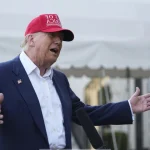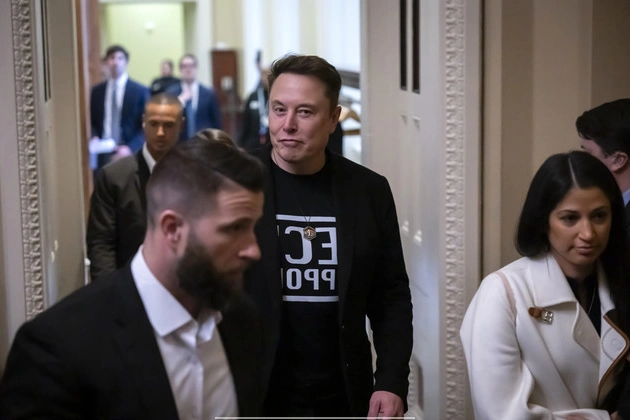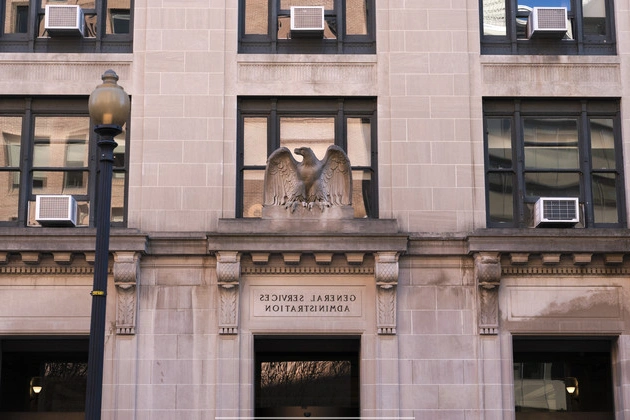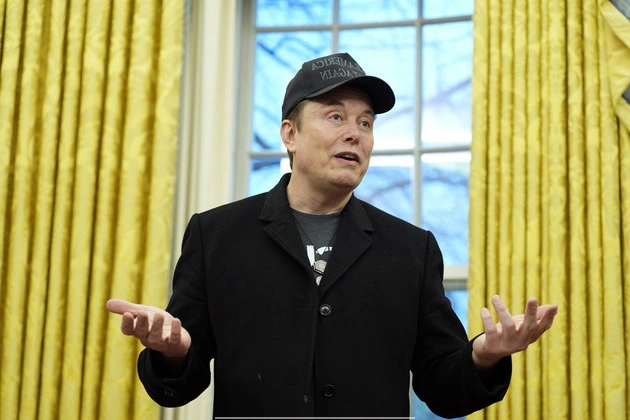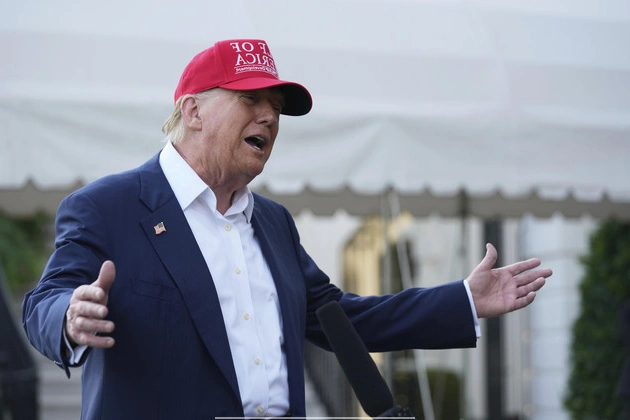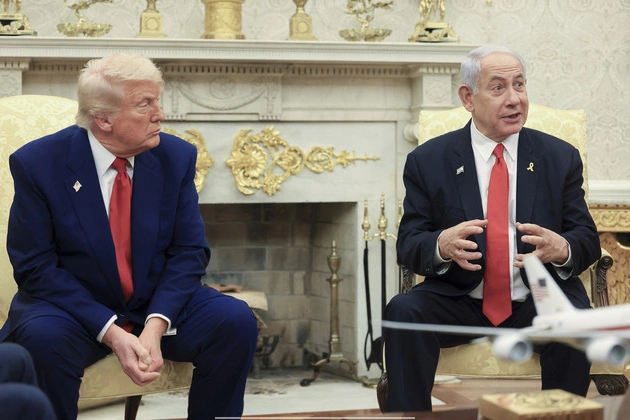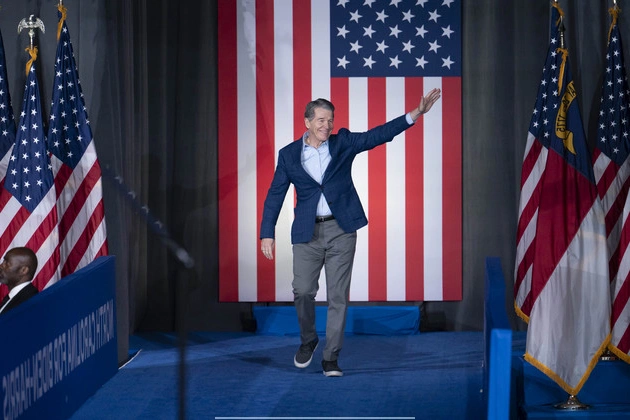Supreme Court Review: TikTok Under Scrutiny
The Supreme Court engaged in a crucial debate over the potential TikTok ban, navigating the complex intersection of national security imperatives and free speech protections. This high-profile confrontation marks a significant chapter in the social media landscape.
Justices probed the representatives of TikTok and the government during the hearing, contemplating the validity of a law that could lead to the expulsion of the video-sharing platform from the U.S. The heart of the matter lies in TikTok’s assertion that the legislation, mandating the transfer of ownership from ByteDance, violates the First Amendment.
Legal Maneuvers and National Concerns
Amidst the legal arguments, there were indications that the Supreme Court might opt for an ‘administrative stay,’ effectively deferring a final decision and shifting the onus to the incoming President. This strategic move could offer a temporary reprieve beyond the looming deadline, enabling negotiations to address national security apprehensions without a sudden platform shutdown.
The potential stay emerges as a lifeline for TikTok, averting an immediate cessation that looms on the horizon. Moreover, it serves as a litmus test of the President’s influence over the judiciary before assuming office.
Security Dilemma: Chinese Influence and Data Privacy
Central to the deliberations was the specter of Chinese governmental involvement and its implications for data security and user privacy. Justices voiced concerns about potential data harvesting by Chinese entities through the platform, raising red flags about the safeguarding of American user data.
The discourse underscored the intricate balance between national security imperatives and constitutional rights, with ByteDance’s alleged ties to Chinese regulations coming under intense scrutiny.
Legal Arguments and Policy Implications
The legal representatives of both TikTok and the Justice Department faced rigorous questioning from the bench, delving into the practicalities of divestiture and the feasibility of mitigating security risks. The discourse unfolded on the backdrop of broader debates around content manipulation and algorithmic opacity across social media platforms.
Notably, the Court explored alternatives to an outright ban, contemplating the efficacy of disclosure mechanisms to address concerns of content manipulation and foreign interference. The discussions highlighted the nuanced challenges in regulating digital platforms while upholding free speech principles.
Impending Verdict and Political Ramifications
While an immediate ruling is not expected, the Court’s stance on interim measures could offer insights into the trajectory of the case. The potential implications of the ban and the incoming administration’s stance on enforcement loom large, hinting at a complex legal and policy landscape.
As the legal saga unfolds, the contours of digital governance and national security debates intersect, shaping the future of online platforms and regulatory frameworks.
